Comprehensive Neurotherapy at BODY MIND & BRAIN in Gold Coast is the best “treatment” for Depression. But to be precise, Neurotherapy is an therapy that addresses the underlying cause and not just another passive treatment to temporarily suppress symptoms. Let me tell you why it’s the best option — in plain English.
(If you want to study the topic in more depth, have a look at the academic literature in the section SCIENTIFIC REFERENCES at the bottom of this page!)
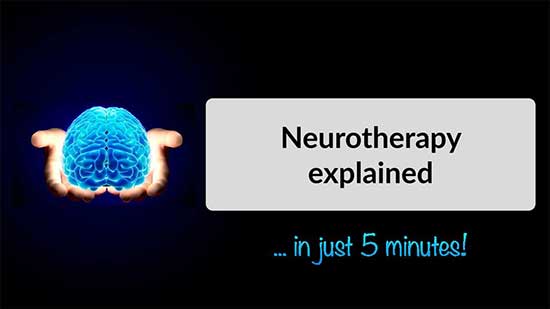
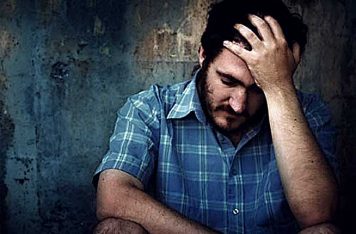
Before rushing into any treatment or therapy, it is crucial to collect some information first. The key questions we need answered are
• “What is the root cause of Depression?” and
• “What is the most sensible Depression therapy in Gold Coast?
Depression is often labelled as a “mental illness”, a sickness of the Mind. This is highly stigmatising as it has a connotation of being “mental” and “mental asylum” (loony bin). What usually follows is endless medication, referrals to a “depression clinic”, neither of which can solve the underlying problem.
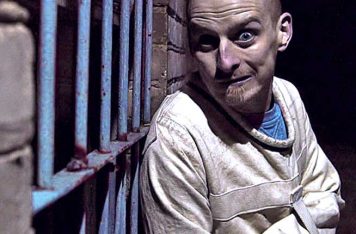
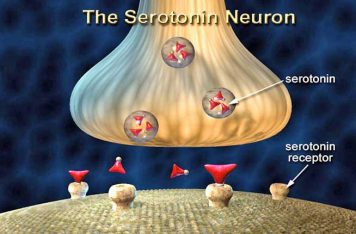
The greatest coup in the history of pharma marketing is the creation of the myth of the chemical imbalance in the Brain. Alas, it is a big fat lie. For example, when healthy people are robbed of Serotonin, they do not get symptoms of Depression. Did you know that?
Population studies tell us that Depression is on the rise in industrialised countries with ever higher rates at earlier ages in every new generation. In contrast, Major Depression is largely unknown in so-called primitive societies with a more natural lifestyle [Image Lightbox].
The stress response prepares Body, Mind and Brain to run away from predators or to fight with rivals. Neither behaviour is particularly helpful in our modern world. In our un-natural lifestyle, the natural stress response has become a toxic burden that depresses the spirit [Image Lightbox].
Depression is first and foremost a Functional Brain Disorder, not just a blue spell that you can snap out of. We know the Brain areas that are dys-regulated in Depression and we know which Brain networks display excessive coupling. So, it is not a “mental” illness but a Brain dysfunction!
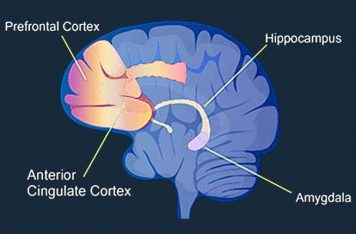

Whilst pills are popular, it is fair to summarise that—with rare exceptions—antidepressant drugs are useless or harmful. Studies have clearly shown: The best “Body therapy” for Depression is regular strenuous physical activity; in short: sport and exercise.
Various forms of Psychotherapy can be helpful in overcoming mild and moderate Depression, but tend to fail in severe cases. Even Dr. Aaron Beck, the founder of Cognitive Behavioural Therapy, has recognised the limits of talk therapy, the main tool in a psychologist’s “depression clinic”.

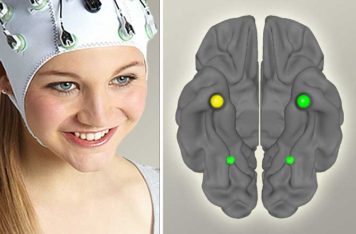
Lifestyle changes, exercise, Nutritional Therapy and Counselling alone cannot fill the need for a targeted rehabilitation of the depressed Brain. Neurotherapy normalises the faulty Brain activity which patients with Depression experience as complete absence of vitality, motivation and joy.
• … it’s easy, everybody can do it
• … is amazingly powerful and effective
• … corrects the root cause
• … is a very natural, drug-free solution
• … has no serious risks or side effects
• … is fully evidence-based (And the sessions are even fun! )

Would you like
to learn more about …
Or would you rather
skip to the page that tells you …
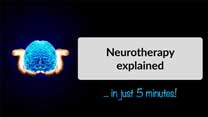
THE MIGRAINE REVOLUTION is a Scientific Patient Guide about the comprehensive rehabilitation of Migraine, a Functional Brain Disorder.
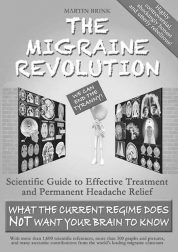
Neurotherapy Practice
32 Lawley Crescent
Pacific Pines — Gold Coast
Queensland 4226
Australia